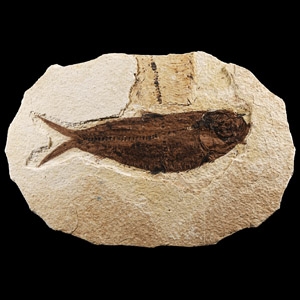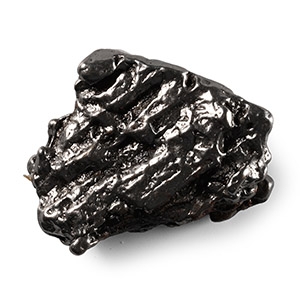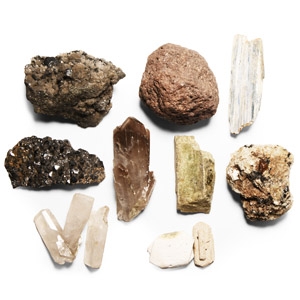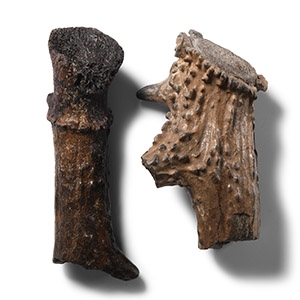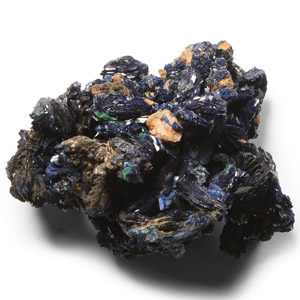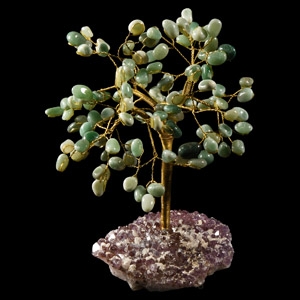Home > Auctions > 5 - 9 December 2023
Ancient Art, Antiquities, Natural History & Coins
Auction Highlights:
Collected in person from various parts of the world mainly between 1957-1966.
From the private mineral collection of Stephen Atkinson, Harpenden, UK.
Accompanied by a copy of a letter from the vendor giving details of him collecting these minerals throughout his life.
Ex Mineral Imports, London, UK.
Gregory, Bottley & Lloyd (Gregory's).
Ex Gregory, Bottley & Lloyd (Gregory
TRIASSIC PERIOD, 251-199 MILLION YEARS B.P.
From Madagascar.
Ex Mineral Imports, London, UK.
Gregory, Bottley & Lloyd (Gregory's).
Ex Mineral Imports, London, UK.
Gregory, Bottley & Lloyd (Gregory's).
From a Lincolnshire, UK, collection.
In southwest Wyoming (and parts of Colorado and Utah) in the Green River Formation are found some of the world's most outstanding specimens of fossil fish. The Green River system was composed of three lakes: Lake Ulinta, Lake Gosiute and Fossil Lake. These Eocene lakes lay in a series of intermountain basins formed by geological events that uplifted the Rocky Mountains during the early Tertiary time. The climate was much different from the desert-like climate of this area today. Both the fauna (crocodiles, alligators, boa constrictors and some subtropical fish families) and the flora (such as large palm trees) indicate a climate much like that found along the Gulf Coast today. Large amounts of ash found in the sediments indicate that volcanoes were particularly active at this time.
From Chaco Province, Argentina, found 1576.
From an old Bristol collection.
See Graham, Bevan and Hutchison ed., Catalogue of Meteorites, Natural History Museum, 1985, p.88, for details of this fall.
A crater field of roughly 26 craters was found in the vicinity of this crater, which is estimated to date to 4-5 thousand years BP. The age of the meteorite itself is thought to be c.4.5 billion years, formed as part of the development of this solar system. The largest two fragments, the 30.8 ton Gancedo and 28.8 ton El Chaco, are among the heaviest meteorite masses ever recovered on Earth. In 1576, the governor of a province in Northern Argentina commissioned the military to search for a large mass of iron, which it was believed the local people claimed had fallen from the sky and which they used for their weapon production. The expedition discovered a large mass of metal which was assumed to be an iron mine and brought back a few samples, which were described as being of unusual purity. Following the legends, in 1774 Don Bartolomé Francisco de Maguna rediscovered the iron mass. He himself did not believe that the stone had fallen from the sky and assumed that it had formed by a volcanic eruption. However, he sent the samples to the Royal Society of London. In 1990 it became protected by law.
Collected in person in 1966.
From the private mineral collection of Stephen Atkinson, Harpenden, UK.
Accompanied by a copy of a letter from the vendor giving details of him collecting these minerals throughout his life.
From Alachua Formation, Taylor County, Florida, USA.
From an old Oxfordshire, UK, fossil and mineral collection.
Collected in person from various parts of the world mainly between 1957-1966.
From the private mineral collection of Stephen Atkinson, Harpenden, UK.
Accompanied by a copy of a letter from the vendor giving details of him collecting these minerals throughout his life.
From a Cambridgeshire, UK, collection.
Ex Mineral Imports, London, UK.
Gregory, Bottley & Lloyd (Gregory's).
1573 - 1584 of 2409 LOTS

.jpg)


.jpg)

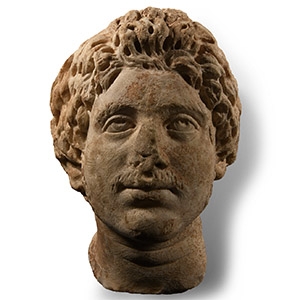
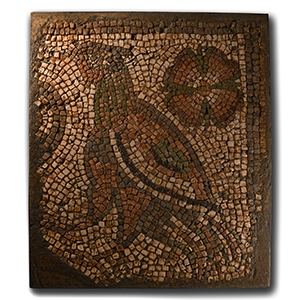
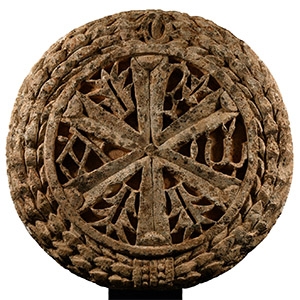


.jpg)


.jpg)
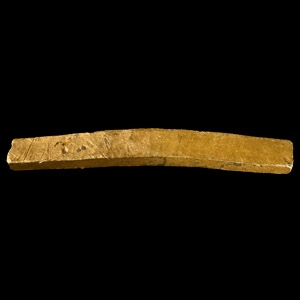
.jpg)
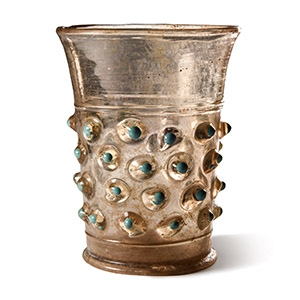

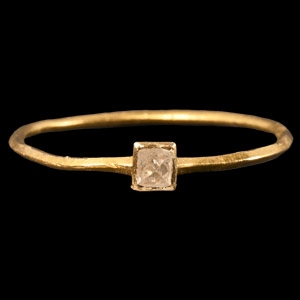

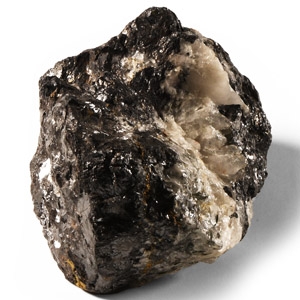
![Natural History - Natural Mahogany Coloured Volcanic Glass Specimen Group [20] Natural History - Natural Mahogany Coloured Volcanic Glass Specimen Group [20]](https://timelineauctions.com/upload/images/items/small/208101-s.jpg)
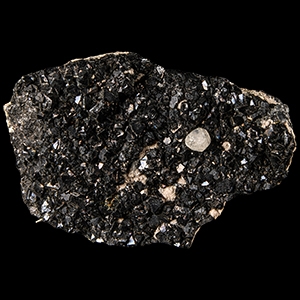
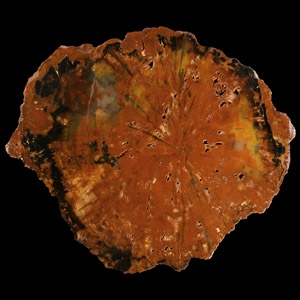
![Natural History - Very Large Amethyst Crystal Point Group [6] Natural History - Very Large Amethyst Crystal Point Group [6]](https://timelineauctions.com/upload/images/items/small/207966-s.jpg)
